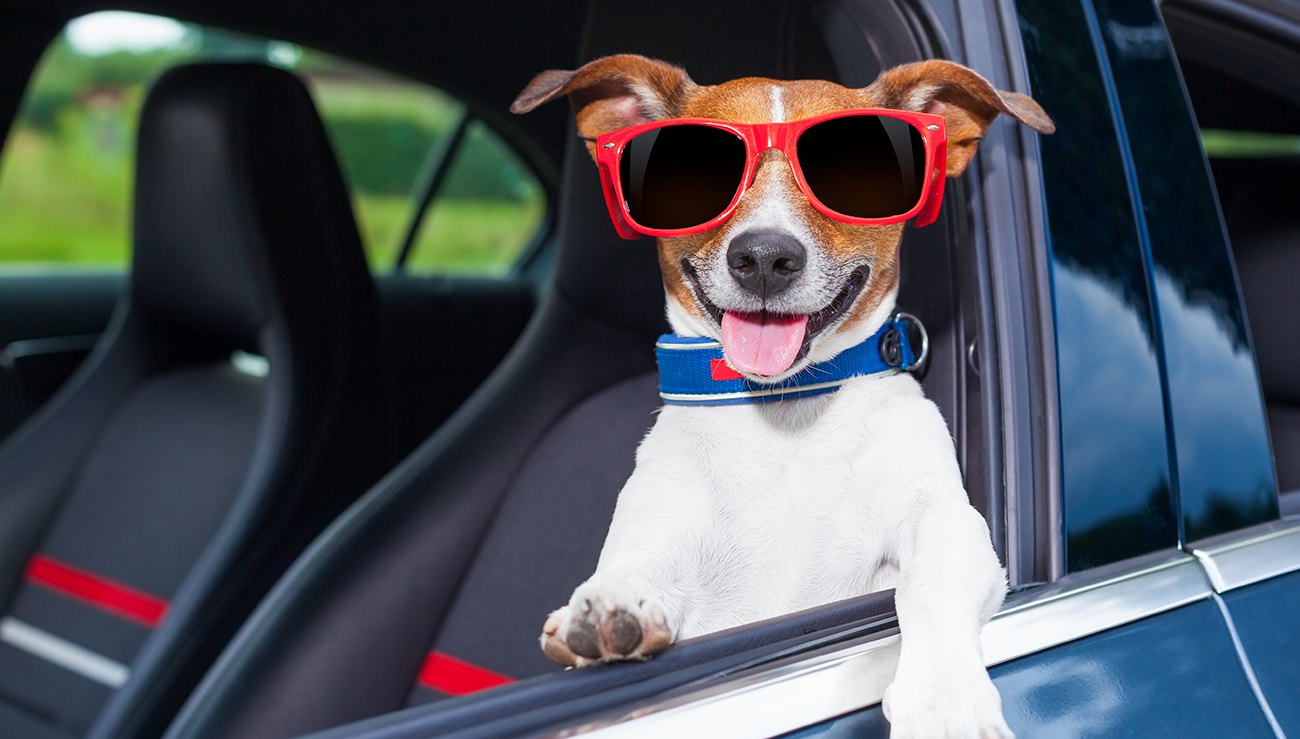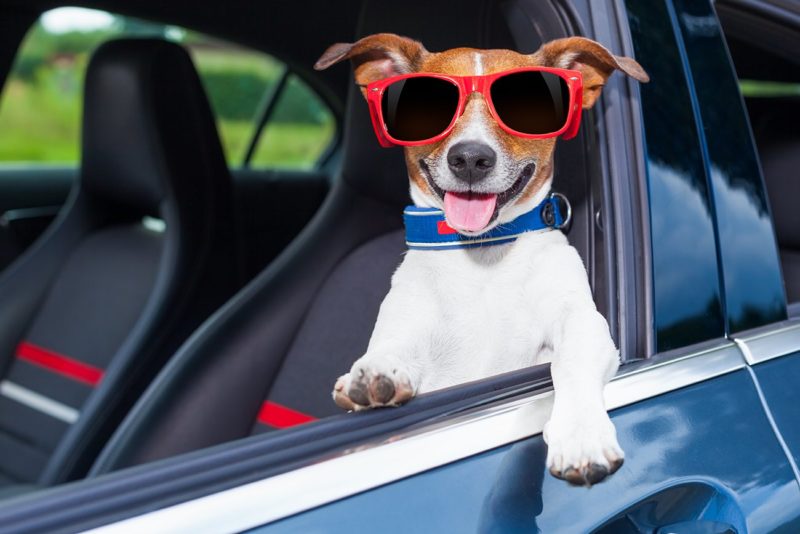

Blog Courtesy of The Zurich Services Corporation
Think about your drive to work this morning. How many people did you see applying makeup? Reading? Eating? Most of us see these kinds of things daily and understand that these are dangerous behaviors while driving a vehicle. However, we may laugh at other drivers’ poor choices or condemn them with scorn one moment, then act just as carelessly the next. Too many of us are likely to pull out our cell phone to snap a picture to put on our social media feeds, call our boss or next appointment to let them know we are stuck in traffic, or perhaps respond to an email or text message from the night before.
Distracted driving is more than just the examples described above, but also includes what we may consider to be common, acceptable practices: eating while on the road, constantly fiddling with radio or GPS settings, or simply reaching for various objects in the hustle to get things organized before arriving at work. We need to understand the true definition of distraction in terms of driving. While distractions come in many forms, there are three widely recognized components when it comes to driving:
- Visual – any action or behavior that takes your eyes off of the road
- Manual – any action or behavior that takes your hands off of the steering wheel
- Cognitive – any action or behavior that takes your mind off driving
This helps to explain why texting is one of the biggest risks that a driver can take. The driver looks away from the roadway for an average of 4.6 seconds,1 takes at least one hand off of the steering wheel and takes his or her mind off of the driving task while reading and/or responding to the text message.
Driver distraction has become an epidemic in the United States. According to the National Highway Traffic Safety Administration (NHTSA), in 2015 alone 3,477 people lost their lives and 391,000 people were injured due to distracted driving. Furthermore, NHTSA estimates that on any given day there are 660,000 drivers using electronic devices while driving.2
There is a ban on driving while talking on a handheld cell phone in 14 States (California, Connecticut, Delaware, Hawaii, Illinois, Maryland, Nevada, New Hampshire, New Jersey, New York, Oregon, Vermont, Washington and West Virginia), the District of Columbia, Puerto Rico, Guam and the Virgin Islands. In 46 states, the District of Columbia, Guam and the U.S. Virgin Islands, talking on a cell phone is a primary offense5; meaning that a driver can be cited for using a handheld cell phone without any other traffic offense taking place. Anti-texting laws are in place in 46 states, the District of Columbia, Guam, Puerto Rico and the Virgin Islands. Other states have secondary enforcement of texting.3
What’s most concerning is that, despite anti-texting laws many drivers still continue to text and drive!
What can we do to combat distracted driving?
Plan calls.
We should establish times during the day when we pull over to be available for phone calls, check our emails and respond to text messages. We should determine the frequency that we need to stop based upon our job and expected needs. If we have a scheduled call, we should plan that into our day.
Ignore the phone.
Much like Pavlov’s dog, we have become wired to want to answer the phone any time we hear it ring, ding or vibrate. Even though calls cannot always be scheduled and we feel the urge to answer, we need to establish the behavior to allow the caller to leave a message to be returned at your earliest, safe, convenient time. If you cannot force yourself to ignore the phone, both Apple and Android devices have “do not disturb” functions that can be used. Leaving a voice message that you are driving and will call back when it is safe to do so can also help spread the message that you find driving distracted to be a big safety risk.
Drive defensively.
Utilizing defensive driving techniques helps provide you with more time to respond to the ever-changing driving conditions that we face daily on the roadways. Some defensive driving tactics that we can use to minimize distractions and allow time to react include:
- Pre-set our radio station and temperature controls. At a minimum, use the radio preset buttons rather than scanning through the channels until you find a desired station.
- Increase following distance. Consider a minimum of four seconds following distance, increasing following distance in adverse conditions (wind, rain, snow and ice).
- Scan ahead to understand and react to what is going on in front of your vehicle. Consider scanning ahead at least 10 seconds.
- Drive for conditions. In inclement weather, slow down and allow for increased stopping distance.
- Deal with distractions in a safe location, while parked.
References:
- Occupational Safety and Health Administration. Distracted Driving flyer. 2012.
- https://www.osha.gov/Publications/3416distracted-driving-flyer.pdf
- National Highway Traffic Safety Administration. Distracted Driving home page. Accessed 6 June 2017.
- https://www.nhtsa.gov/risky-driving/distracted-driving
- Governors Highway Safety Association. Distracted Driving home page. Accessed 6 June 2017.
- http://www.ghsa.org/state-laws/issues/Distracted-Driving
- “Attacking Distracted Driving Risks.” Zurich Risk Engineering. The Zurich Services Corp., Mar. 2016. Web. 7 June 2017. <https://re.znaintranet.zurichna.com/teamsite/00593/Transportation/Motor%20Risk%20Topics/rt_attacking_distracted_driving_risks.pdf>.
